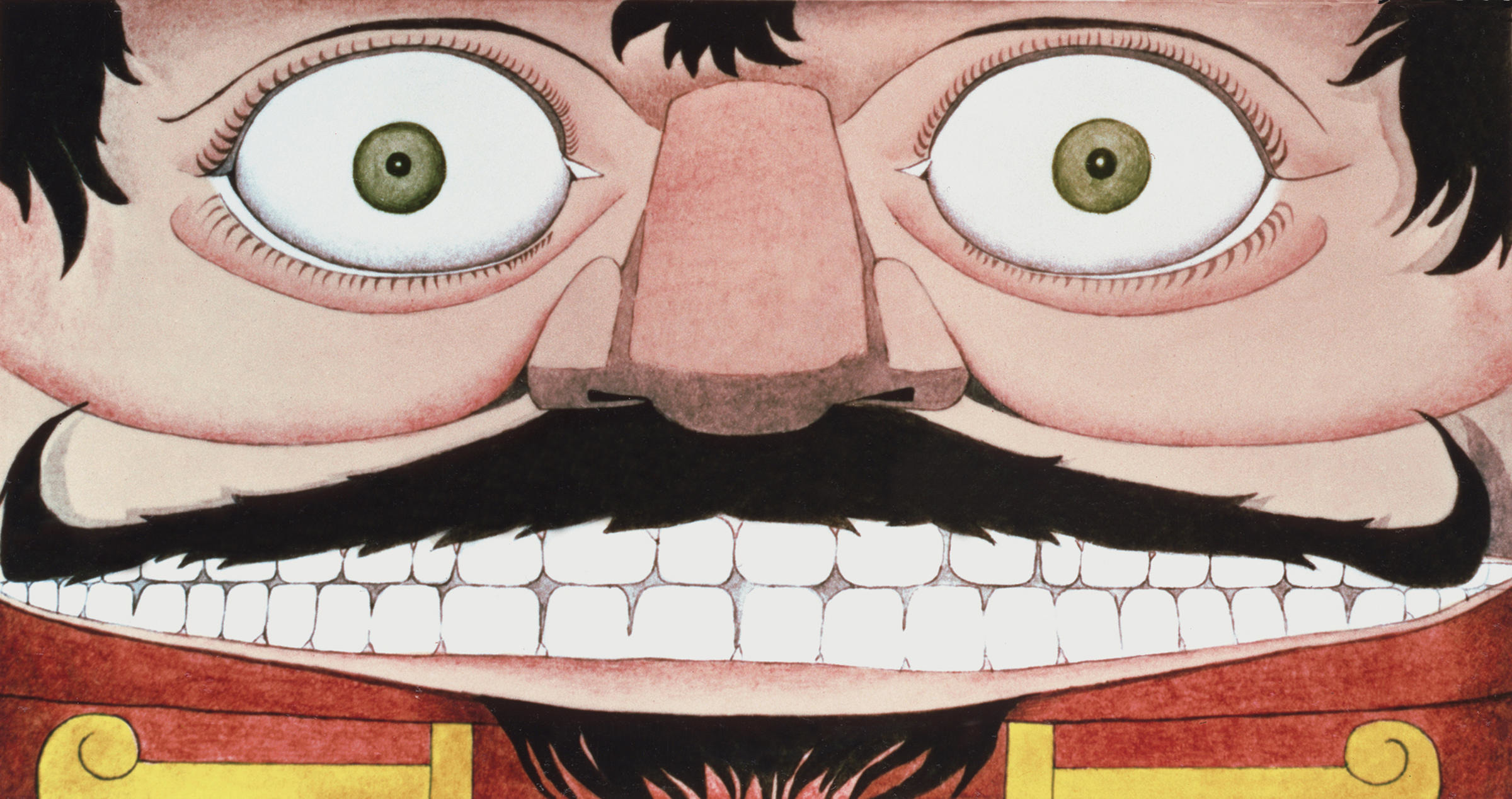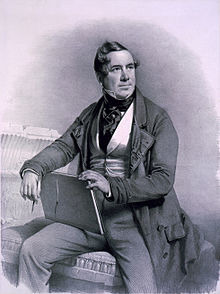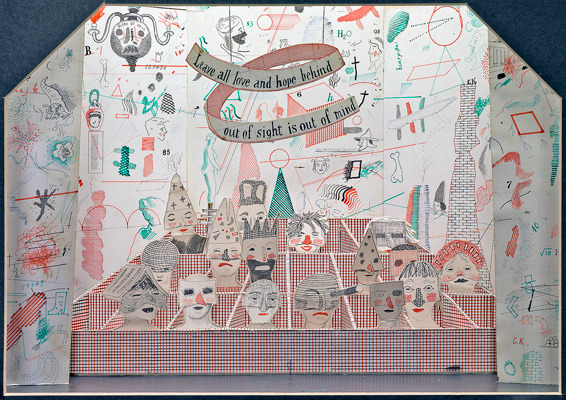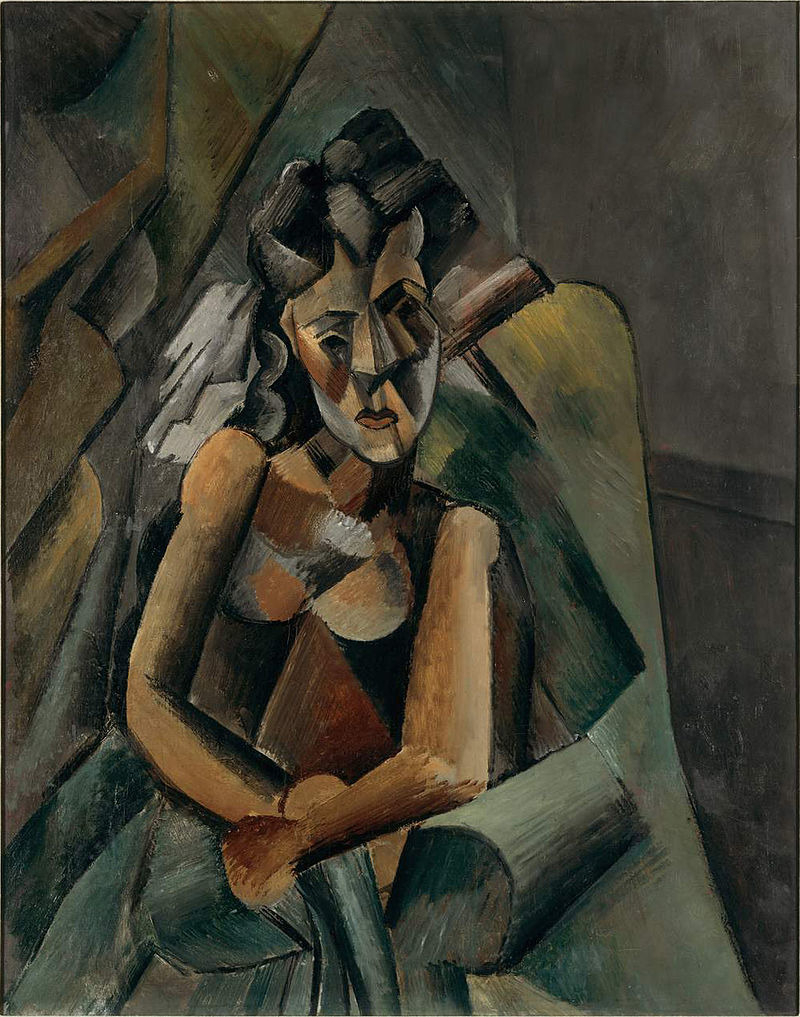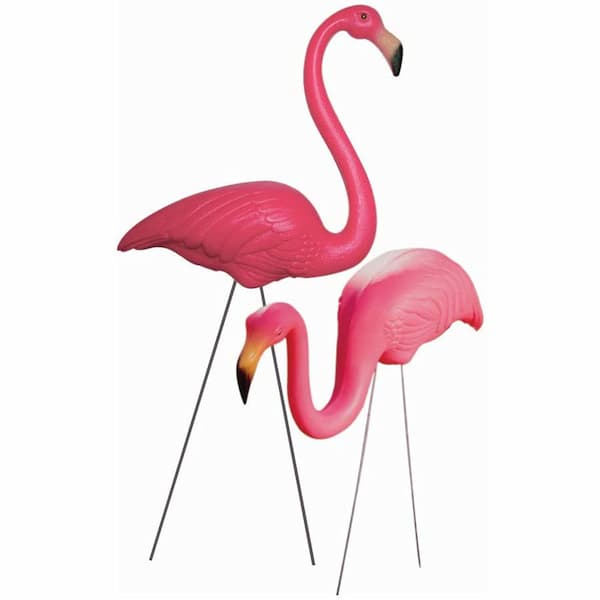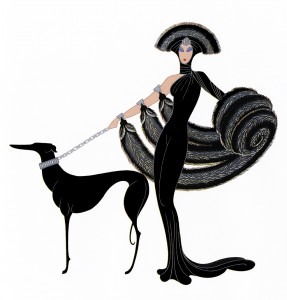
Erté design: Symphony in Black

Design for White Dress with Blue Sash and Blue and White Striped Sleeves for Ganna Walska in Rigoletto by the Chicago Opera Company (Metropolitan Museum of Art)
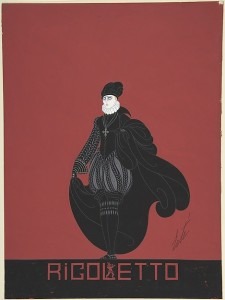
Design for Black Breaches, Cap and Cape for Ganna Walska in Rigoletto (Metropolitan Museum of Art)
It was McCormick’s promotion of Walska’s indifferent career that was the inspiration for Orson Welles’ character of Susan Alexander in Citizen Kane.She appeared in Chicago as part of the Chicago Opera Association company, and in 1922, purchased the Théâtre des Champs-Élysées in Paris with her own money to have her own stage.
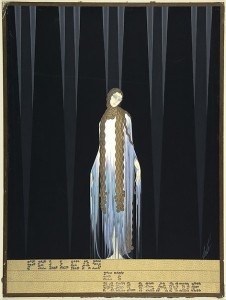
Costume Design for Pelléas et Mélisande, Metropolitan Opera, New York (Metropolitan Museum of Art)
Verdi: Rigoletto: Act I: Figlia! … Mio padre! (Renato Bruson, Rigoletto; Andrea Rost, Gilda; Milan La Scala Orchestra; Riccardo Muti, cond.)
and Manon in 1922.
Other designs he did for Walska included costumes for the operas La Bohème, Martha and Faust. For a 1920 French production of Tosca, he designed gowns for her, with the costumes being made by the French couturier Lanvin.
Puccini: Giacomo: Act III: Come e lunga l’attesa! (Nelly Miricioiu, Tosca; Slovak Radio Symphony Orchestra; Alexander Rahbari, cond.)
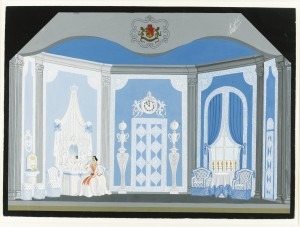
Design for the bedroom in Der Rosenkavalier
Debussy: Pelléas et Mélisande: Act III Scene 1: Mes longs cheveux descendent (Erna Spoorenberg, Mélisande; Camille Maurane, Pelléas; Swiss Romande Orchestra; Ernest Ansermet, cond.)
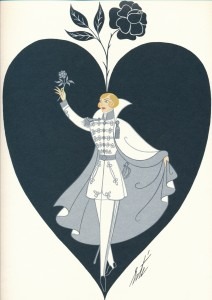
The silver knight of the rose, Octavian, from the cover of the Glyndebourne programme
His last work was on the 1980 Glyndebourne production of Der Rosenkavalier.
Strauss: Der Rosenkavalier: Act I: Wie du warst! Wie du bist! (Elisabeth Schwarzkopf – The Marschallin; Christa Ludwig – Octavian; Philharmonia Orchestra
Herbert von Karajan, cond.)
Erté’s art deco stylings brought a fantasy to opera costume design that have rarely been matched. Seeing them in fabric, as in the Los Angeles County Museum collection, just confirms his vision.

